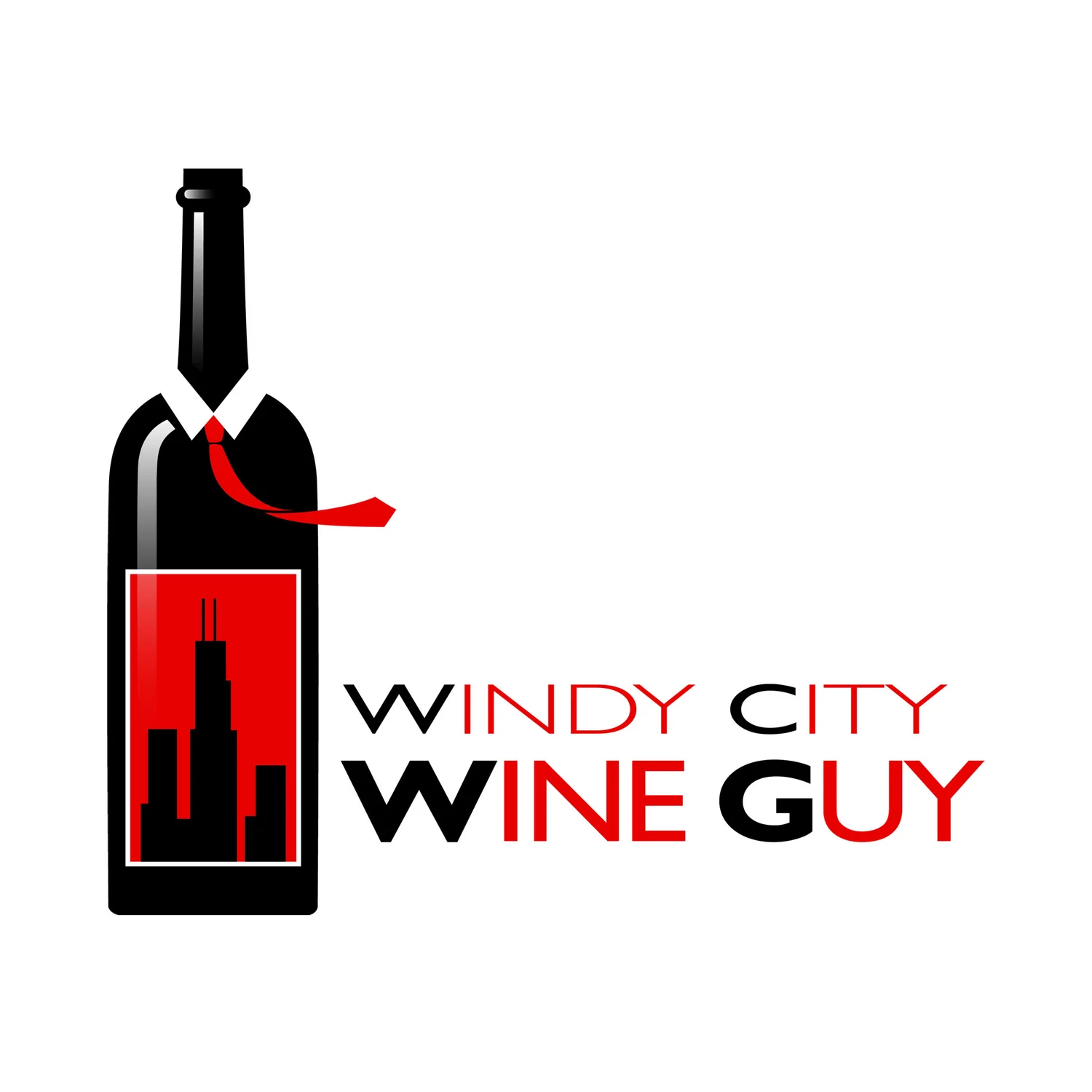Reynoso Family Vineyards Wine Review
/ I recently received free wines to sample from Reynoso Family Vineyards and was not just happy with the flavor, but their story as well. They come from an Alexander Valley winery with a Chicago twist. The owners, Joe and Elena Reynoso, were career Chicagoans. Joe was a trader and wine collector, while Elena was
I recently received free wines to sample from Reynoso Family Vineyards and was not just happy with the flavor, but their story as well. They come from an Alexander Valley winery with a Chicago twist. The owners, Joe and Elena Reynoso, were career Chicagoans. Joe was a trader and wine collector, while Elena was
in fine wine sales. Their passion for wine led them to California when a 550 acre parcel in Alexander Valley came available in 1994. After some hard work and planting, they were ready to make wine and began in 2001 and have been making it ever since. Now let's get to some of the wines I tried:
- Sauvignon Blanc. This is a crisp, clean straw colored wine. It is very intense on the nose with big citrus, floral aromas and light peppery spice. The mouth has tasty pink grapefruit and bright acidity. A nice natural wine. Available for around $12. (WG 86pts.)

- Long Gamma White. This is a new wine from the Reynoso Family and it turned out to be my favorite. A smooth blend of 60% Sauvignon Blanc, 25% Viognier and 15% Gewurztraminer and full of aroma and flavor. This is a fruit bomb- grapefruit, peach and apricot with smells of rose petals and ginger. The perfect summer wine! Available for around $12. (WG 90pts.)
- Syrah. A bold, full bodied red with great expressions true to the varietal. Dark plum, black pepper and a touch of ye ole barnyard. A medium length but it a was bit hot with alcohol burn on the finish. A good food wine. Available for around $18. (WG 85pts.)
- Cabernet Sauvignon. The wine is also deep ruby red and full bodied. It has focused fruits with dark berries and cherries along with toasty oak. The tannins are medium and it does have good acidity. A smoother Cabernet with a lengthy finish, but again there was some alcohol burn on the finish. Available for around $24. (WG 85pts.)
I really love their white wines. They are full of fruit, have crisp acidity and great finishes. The reds need a little work as they are slightly out of balance with the alcohol, but good wines. I see alot of potential with this producer.
You can pick these wines up all over Chicago: Wine Discount Center, The Artisan Cellar, Whole Foods, Lush Wine & Spirits, Armanetti's, Ben'z Wine & Spirits, The Poison Cup, Galleria Liqueurs, and at these restaurants: Keefer's, Kamehachi (I'd love the Long Gamma with sushi!) and Stained Glass in Evanston.
Hope you enjoy these wines- I did!







![l[1]](http://s3.media.squarespace.com/production/597373/6937699/2010/04/l1.jpg/w/300)










![200px-08gorge2[1]](http://s3.media.squarespace.com/production/597373/6937699/2010/03/200px-08gorge21.jpg)
![Columbia_Valley_AVA_Wash_map[1]](http://s3.media.squarespace.com/production/597373/6937699/2010/03/columbia_valley_ava_wash_map1.jpg/w/300)





